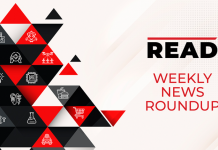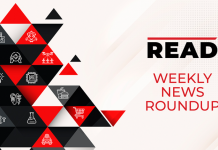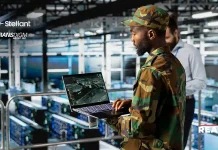Everyone is interested in maintaining a good fitness relationship with themselves. Even if you are not an active person who regularly works out in a gym, chances are you have at least thought once about hitting the gym, aren’t you?
In 2020, more than 62.5 million gym members visited the gym 104 days per year. Two years down the road, this statistic keeps increasing, which brings us to the topic of this blog: Activewear
People are more aware of how they present themselves, even while working out. This shift in customer preference from bland clothes to elastic, free-breathing, stylish activewear has flooded the market.
Let’s take a look at everything about activewear through this blog.
Nike, Puma, Adidas, and Lululemon are a few of the major sportswear brands that are currently in the spotlight. Players in the activewear industry are developing new and improved materials that combine comfort, flexibility, and style.
According to the recent report published by Extrapolate, the Global Activewear Market size was valued at USD 303.4 billion in 2021 and is anticipated to reach USD 461.7 billion in 2030, recording a CAGR of 5.8% in the forecast period.
The development of the worldwide market is attributed to the increasing popularity of contemporary clothing in both the gym and for everyday activities. Consumers are increasingly adopting fitness and sports activities into their everyday routines as a result of their increased health awareness and desire to be active. Additionally, due to increased engagement, market dynamics have changed recently, driving up demand for sports equipment and fitness apparel.
Why Is There A Massive Preference For Activewear?
The demand for the product has been boosted by the world’s expanding population of health-conscious people, which is increasing the number of people who visit the gym. In 2018, more than 6 billion people visited the 39,570 gyms in the United States, according to data from the International Health, Racquet & Sportsclub Association.
Also, the rising popularity of fitness apps for electronic devices has encouraged people to participate in physical activities to enhance their health. For instance, the World Economic Forum reported that usage of fitness apps surged by 50% during the first half of 2020.
Additionally, the demand for activewear is expanding quickly as a result of younger folks’ increased health consciousness and interest in physical activity, including yoga, sports, and the gym. Moreover, synthetic fibers like spandex have undergone technological advancements that have made them more flexible, long-lasting, and machine-washable than natural textiles.
Additionally, the continuous blurring of the distinctions between business clothing and workout apparel as well as celebrity partnerships with DTC and designer activewear brands all help to advance this market. The sportswear market is expanding in the areas of ecological activewear, maternity activewear, and modest and adaptable clothing options.
Which Region is favoring Activewear Industry More?
The region’s booming recreational industry has led to increased product utilization, making North America the world’s largest market for sportswear. The Bureau of Economic Analysis reported that in 2019, the recreational economy in the United States amounted to USD 459.8 billion, or 2.2 percent of the country’s current currency GDP.
In addition, a sizable percentage of schoolchildren who play sports has increased demand for the good, which is anticipated to boost consumption rates. The National Federation of State High School Associations reported that 7,937,491 students in the United States participated in high school sports in the 2018–19 academic year.
Europe is projected to follow America as the largest market for activewear as a result of increased investment to address senior inactivity, which has increased engagement in physical activities among the elderly.
For instance, according to data from the World Health Organization from 2018, the Active Ageing Sponsor in England spent USD 13.33 million in National Lottery funds to finance 20 projects in England to minimize the number of older people who are sedentary. The industry’s demand has also grown as a consequence of the fact that a sizeable portion of Europeans regularly exercises.
Conclusion
Activewear has gained prominence as a type of apparel for everyday use rather than only for physical activity or sports. If we examine the statistics, the average activewear customer base is made up of 40% men and 60% women. Activewear is increasingly widely seen as being fashionable and trendy, and businesses are expanding their product lines to satisfy this demand. Sustainable women’s sportswear also benefits consumers and the environment.




